Nigeran
.........................................................................................
Introduction
Nigeran is a polysaccharide found in the cell wall of lower fungi. In certain Aspergillus and Penicillium spp. Nigeran was first isolated from Penicillium expansum and Aspergillus niger

 , and has been shown to be synthesized by only a few species of Aspergillus and Penicillium.
, and has been shown to be synthesized by only a few species of Aspergillus and Penicillium.
Nigeran is part of the hyphal cell wall, where it can contribute up to 40% of the cell dry weight. Nigeran chains occupy several domains or location on the hyphal wall
 .
The polysaccharide organization in vivo is highly crystalline. Deposition of nigeran is primarily at the outer surface of the hyphal walls and starts with depletion of available nitrogen in the culture medium. Under conditions of environmental stress such a nitrogen or carbon limitation, or by increasing concentrations of certain metal ions (copper, iron,…) the nigeran content of cell wall can be increased. Under certain culture conditions, mainly characterized by nitrogen depletion and an excess of an available carbon source, Aspergillus awamori excretes a nigeran-protein complex into the medium. This complex consists of 94% of nigeran and 2-4% protein, which is not covalently linked to the polysaccharide. This extracellular nigeran possesses crystalline regions and is supposed to be excreted by a displacement mechanism of a portion of the hyphal wall into the medium.
.
The polysaccharide organization in vivo is highly crystalline. Deposition of nigeran is primarily at the outer surface of the hyphal walls and starts with depletion of available nitrogen in the culture medium. Under conditions of environmental stress such a nitrogen or carbon limitation, or by increasing concentrations of certain metal ions (copper, iron,…) the nigeran content of cell wall can be increased. Under certain culture conditions, mainly characterized by nitrogen depletion and an excess of an available carbon source, Aspergillus awamori excretes a nigeran-protein complex into the medium. This complex consists of 94% of nigeran and 2-4% protein, which is not covalently linked to the polysaccharide. This extracellular nigeran possesses crystalline regions and is supposed to be excreted by a displacement mechanism of a portion of the hyphal wall into the medium.
Chemically, nigeran is a regular linear polysaccharide made of α-D-glucopyranose units alternatively linked (1→3) and (1→4)
 .
.
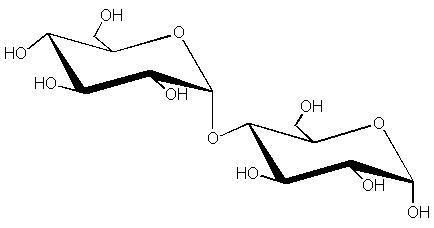
Fig. 1 Diagrammatic representation of the nigeran structure
The degree of polymerization can be as large as 3000. Nigeran is unusual in its propensity to accommodate or lose water molecules in reversible transition that occur in the crystalline state. A method for growing single crystals of this polysaccharide has been developed (dimension of the single crystals). The X-ray diffraction pattern recorded from a mat of these single crystals indicated a fiber repeat having two-fold symmetry with a repeat of 14.62 Å.
With proper control of relative humidity and temperature, nigeran can be induced to assume different packing modes in its crystalline state. Using electron diffraction methods on these single crystals it has been demonstrated
 .
that these can exist in either an anhydrous or hydrated form depending upon the mode of preparation. The single crystal electron diffractogram of the hydrated from is inexed in an orthrorhombic unit cell, space group P212121, with base plane parameter a = 17.6Å and b = 7.35 Å. They are characterized by changes in the base plane parameters and the unit cell, as shown using electron diffraction performed on solution grown crystals that mimic in vivo observations.
.
that these can exist in either an anhydrous or hydrated form depending upon the mode of preparation. The single crystal electron diffractogram of the hydrated from is inexed in an orthrorhombic unit cell, space group P212121, with base plane parameter a = 17.6Å and b = 7.35 Å. They are characterized by changes in the base plane parameters and the unit cell, as shown using electron diffraction performed on solution grown crystals that mimic in vivo observations.
The crystal structure of anhydrous nigeran was determined by using a combined electron diffraction, X-ray diffraction and molecular modelling analysis
 .
.
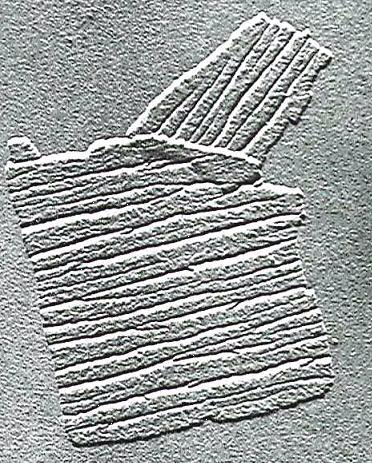
a.

b.

c.
Fig. 2 Nigeran (anhydrous) : (a.) Electron micrograph. (b.) Electron diffraction pattern. (c.) Fiber diffraction pattern.
The polysaccharide chain is a two fold helix stabilized by an intrachain hydrogen bond between contiguous α (1→4) glucose residues. Two such polysaccharide chains pack with anti-parallel polarity and the twofold screw axis coincides with the macromolecular axis. A dense network of hydrogen bonds holds the chains together in the crystal.
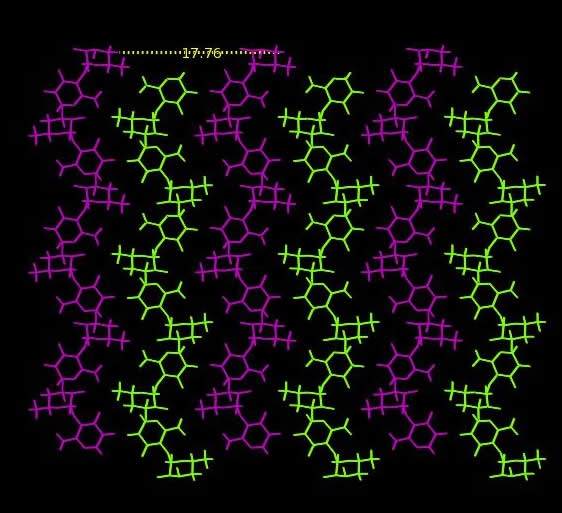
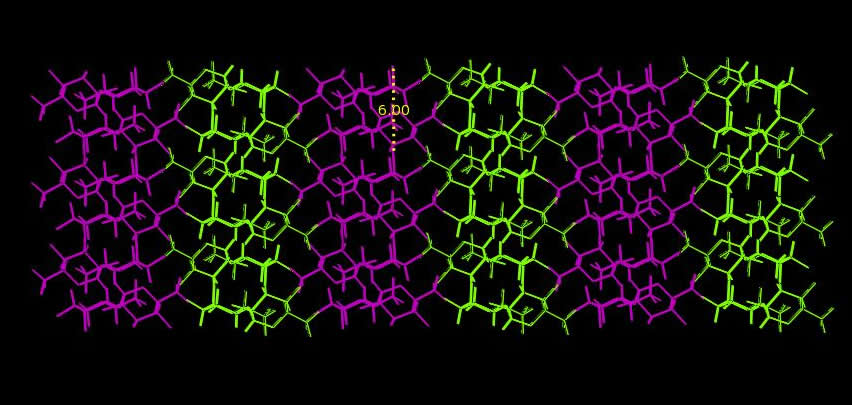
Fig. 3 Nigeran chains : (a.) Along the X-axis (b.) Along the Y-axis
Nigeran provides an interesting illustration of the mechanism of interaction of hydrolytic enzymes acting on polysaccharide crystals. When treated with an endo-mycodextranase the crystals tend to break into “jigjaw” fragments in which the relation to the original morphology is still visible. Nigeran crystals are composed of folded chains, as evidence from their growth form high molecular-weight material. They occur as a mosaic of tightly folded blocks, linked together by loosely folded, and connecting nigeran chains.
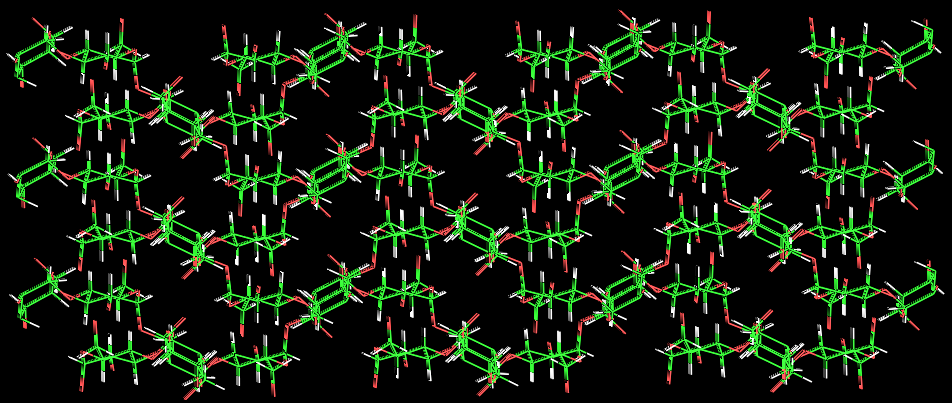
Fig. 4 Schematic representation of the folded chains making up the crystal of nigeran.
When performed at ambient temperature, the enzymatic digestion operates on the loose folds, leaving the components of the mosaic unaltered. This indicates that the erosion starts at the crystalline platelet surface, where long and flexible stems are accessible to the enzyme active sites. The folded lamellar morphology of nigeran in its crystalline region may fulfill a protective function because it protects the polysaccharide (and thus the wall) from enzymatic attack.
